The best apps to save money on groceries
When you’re raising three young boys who are only a few years apart, you have to reconcile yourself to a few truths: Your house is always going to be loud, you’re going to need plenty of Band-Aids, and someone will always, always, always be hungry. Seriously, grocery shopping for me these days feels like trying to satisfy never-ending appetites! I love my boys more than anything, but buying as much food as I do on a weekly basis can be a challenge for the budget.
Over the years I’ve had to get creative with how I save money on groceries. There was a time when that meant endlessly clipping coupons. But as my boys have grown, so has the technology available to help with your budget. I’m talking specifically about some of the best apps to save money on groceries.
There’s actually a wide variety of these apps, many even make it feel like you’re getting paid to shop, and I think that I’ve tried them all. What can I say? Having three hungry boys at home calls for desperate measures. Today I want to share what I’ve learned about these apps, go over what features the best apps to save money on groceries should have, and give you a list of my personal favorites.
Common Features of the Best Apps to Save Money on Groceries
So many great apps that help you save money on groceries have been springing up, and they all have lot of bells and whistles. In my experience, however, the best of these apps have some critical features in common. So, when it comes to finding the best apps to save money on groceries, make sure the one you choose has all of these features—and then some—if possible:
Pays you to shop:
This is the foundation of all the best shopping rewards apps: they must pay you for shopping. Otherwise, they’re useless! Most of the best apps pay you for shopping by giving you points once you make a purchase and take a photo of your receipt. You can then redeem those points for cash or for gift cards that can be used at a variety of stores. The amount of the rewards tends to vary from app to app.
Introduces new products:
Another cool feature that some of the best grocery apps have is the ability to help you to learn about new products. This is usually done by paying you for scanning barcodes. Once you’ve scanned the barcode, the app gives you rewards points, cool info about the featured product, and even the price. I often find myself buying items I love but would never have otherwise considered if I hadn’t discovered them when I was offered points for scanning a barcode.
Has a game-like feel:
One of the things I love is that the best of these apps turn shopping into a game, kind of like a fun scavenger hunt for rewards, points, and savings. Nowadays, I find myself getting excited for each grocery run as I compete with my past self to see if I can earn more points than I racked up previously.
Sends updates on breaking deals:
Some of these apps will also send you real-time alerts or weekly updates about the latest deals on their app, about new rewards-earning opportunities, and about sales at your favorite stores. This can help you strategize your weekly shopping and maximize the rewards points you earn.
Gets social:
One of the key ways to maximize your savings with the best apps to save money on groceries is to actually use the app as much as possible. I find that if an app has a supportive social media community attached to it, then I’m more likely to get excited about using it. It also helps me to never forget it when I’m at the store. The best shopping apps have super fun social media channels where you share tips, jokes, and stories about being a shopper and a mom with fellow users.
I basically divide the best apps to save money on groceries into two groups: coupon-style apps and rewards-style apps. Let’s take a look at the pros, cons, and best-in-class for each.
The Best Coupon Apps to Save Money on Groceries
I like to think of some of these apps as coupon apps because they function much the way old-school paper coupons did. While entirely digital, these apps give you money off certain items at the time of purchase, just as coupons used to. It’s a great way for saving money, for obvious reasons. These are some of my personal favorites:
Coupon Cactus:
Coupon Cactus is a lot like those old paper coupons as it gives you certain discounts on certain items at certain stores. The big difference is that with this app you can use those coupons online, too. Sometimes your savings come in a set amount, like $2 off a featured product; other times you get a percentage off, generally up to 30%. Once you’ve gotten your savings up to $10 or more, you can cash out via PayPal or get a check issued on a quarterly basis. It’s always a great day when that check comes in the mail.
SavingStar:
SavingStar is another digital coupon app that pays users to shop at grocery and drugstores. What’s really cool is that more than 60,000 stores are part of SavingStar, and those stores actually represent more than 100 retail chains. So, chances are good that your favorite grocery store will be on there. It’s generally free to use but beware: If an account is inactive for 180 straight days SavingStar will charge a fee of $3.99.
To take advantage of SavingStar, users either link their existing store loyalty cards to the app or submit receipts after they make a purchase. The savings add up until the user can eventually cash out through PayPal, Upromise, or in the form of Starbucks, iTunes, or AMC Theatre gift codes. Again, I’m most likely to use PayPal because I can put the money right back into my budget, although sometimes I’ll go with AMC Theatre if there’s a new Star Wars movie coming out that the boys really want to catch.
SnipSnap:
The last coupon app on my list is actually the most traditional in that this is one lets users take pictures of actual physical printed coupons, which it then transforms into digital, mobile-ready ones. Users can browse online directories and take advantage of coupons their friends have “snipped” as well, which is a really cool social function that I use quite a bit. This one doesn’t exactly pay, though. Instead, users save money, like with a traditional coupon, at the register.
The best part about SnipSnap is that your coupons can all be easily kept in one digital space, instead of having an overflowing little billfold stuff with paper, or a junk drawer brimming with coupons you’re sure to forget about until after you get home from your grocery run.
The Best Shopping Rewards Apps to Save Money on Groceries
How shopping rewards apps work is pretty simple: you go to your grocery store, do your shopping like normal, and you get a certain amount of points for the shopping behaviors you would be doing anyway. Then—and here comes my favorite part—you can trade those points for gift cards to your favorite stores, which can open up some serious space in your budget! Best of all, and I’ve talked about this in the past, you can maximize your savings by combining shopping rewards apps with the coupon apps!
Here are my two favorite shopping rewards apps:
Ebates:
I enjoy Ebates because it has a user-friendly design that makes everything on the page clear and easy to find. It also gives you a certain amount of money back on purchases, like 3% cash back at Amazon, which is where I often order non-perishable groceries for the boys in bulk—like six boxes of Cheerios or four boxes of Clif Bars for those soccer weekends. One of my favorite things about Ebates is how fast you get your earnings. In fact, Ebates gives you money back within 48 hours. Or, you can get your earnings back each quarter in the form of a paper check. It’s your choice with Ebates.
Shopkick:
I’ve used all the best apps to save money on groceries, and I can safely say that Shopkick is my favorite. It also just so happens to be a total blast. The app gives users points, called kicks, for doing the grocery shopping they would be doing anyway, like making purchases, scanning barcodes of items, and even just walking into some favorite stores. How it works is incredibly simple, and it basically turns shopping into a game, like a scavenger hunt.
As an added plus, Shopkick is also really social. Their social media has a great community vibe, and users get awarded kicks when they refer friends who sign up. Users trade in kicks to get paid in gift cards to the stores they love to shop (or to splurge on a quick Starbucks treat, which is something I love to do).
Best if all, Shopkick lets you maximize all your savings because it can be combined with the best coupon apps. So, you can use coupons to take money off at the register, and then get kicks for the money you spent, which you can then turn into gift cards!
Last but not least, I want to note that many of my favorite places to get groceries—Walmart, Target, and even Whole Foods—have their own savings apps with all kinds of great features. And, I’m able to combine these internal savings apps with my personal favorite, Shopkick, in order to save even more on groceries!
While I could take all the money I’m saving using these apps and spend it on a nice vacation right now, until then I’m super happy to have the extra space in my budget. After all, you never know when one of the boys will come home from school and need new gym clothes or extra school supplies for a project he just happened to forget to mention was due.
Get one of the best apps to save money on groceries today. Download Shopkick’s free app and join a community of loyal Shopkickers who’ve already discovered the rewards of shopping with a free, smartphone app sidekick.
And, if you love social media as much as you love your smartphone, join Shopkick on Facebook, Twitter, and Instagram for a little daily shopping inspiration.

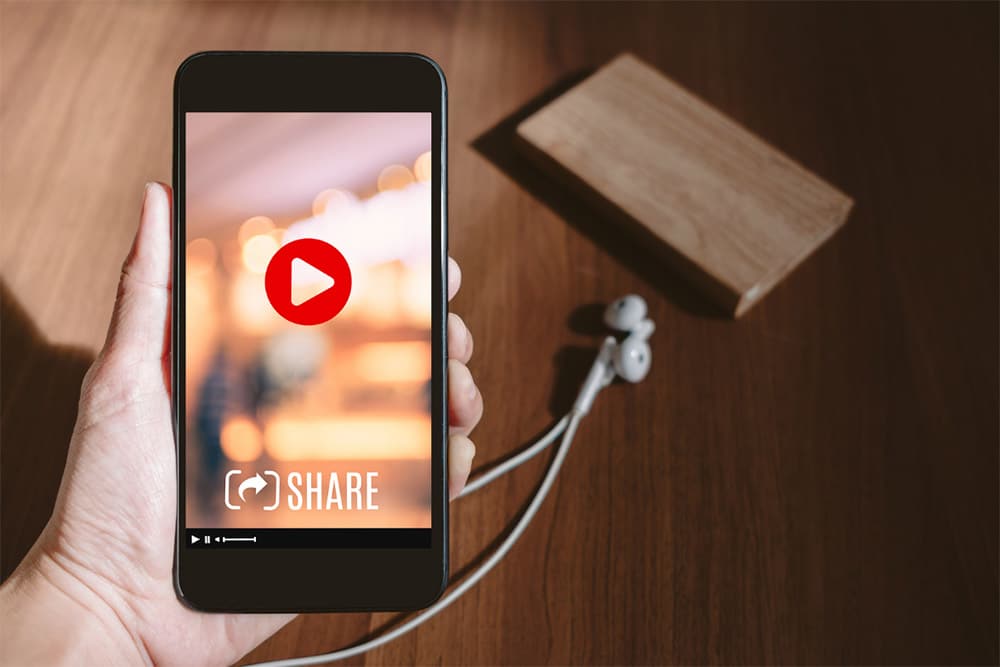
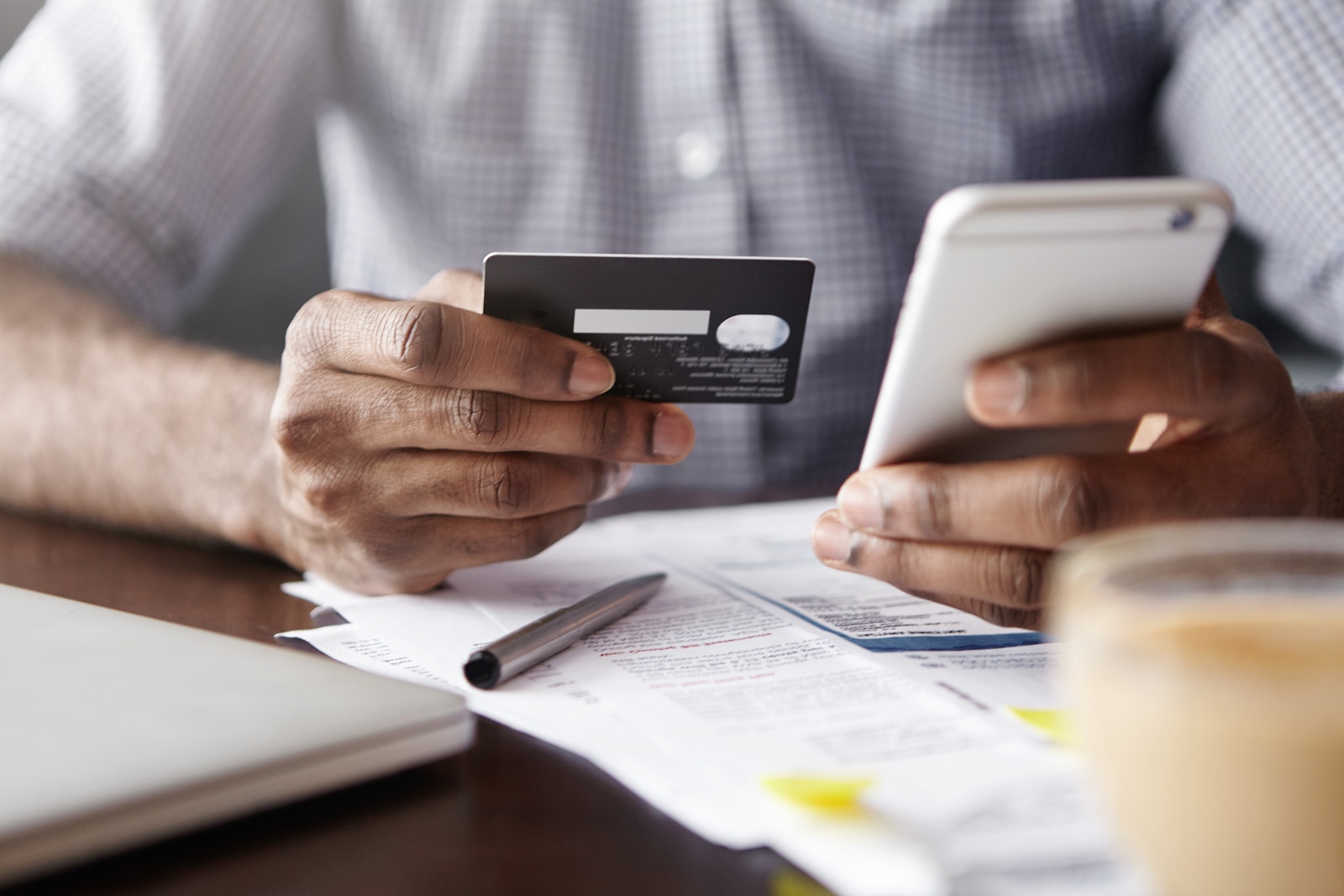
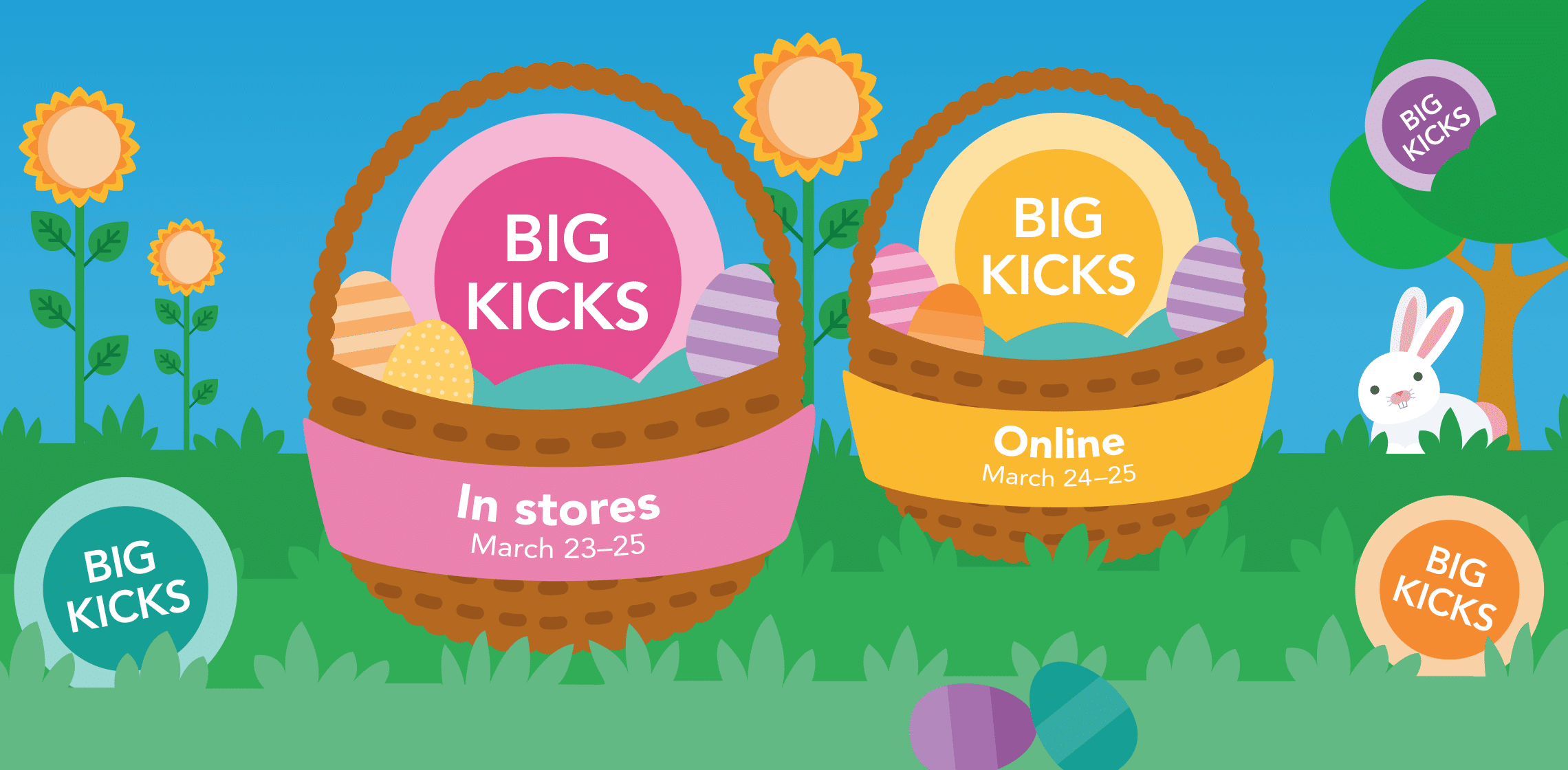


































 Millennials offer a lot of opportunities for QSRs: They’re adventurous and willing to try new experiences when it comes to food. They view food as an experience, rather than mere fuel, and
Millennials offer a lot of opportunities for QSRs: They’re adventurous and willing to try new experiences when it comes to food. They view food as an experience, rather than mere fuel, and 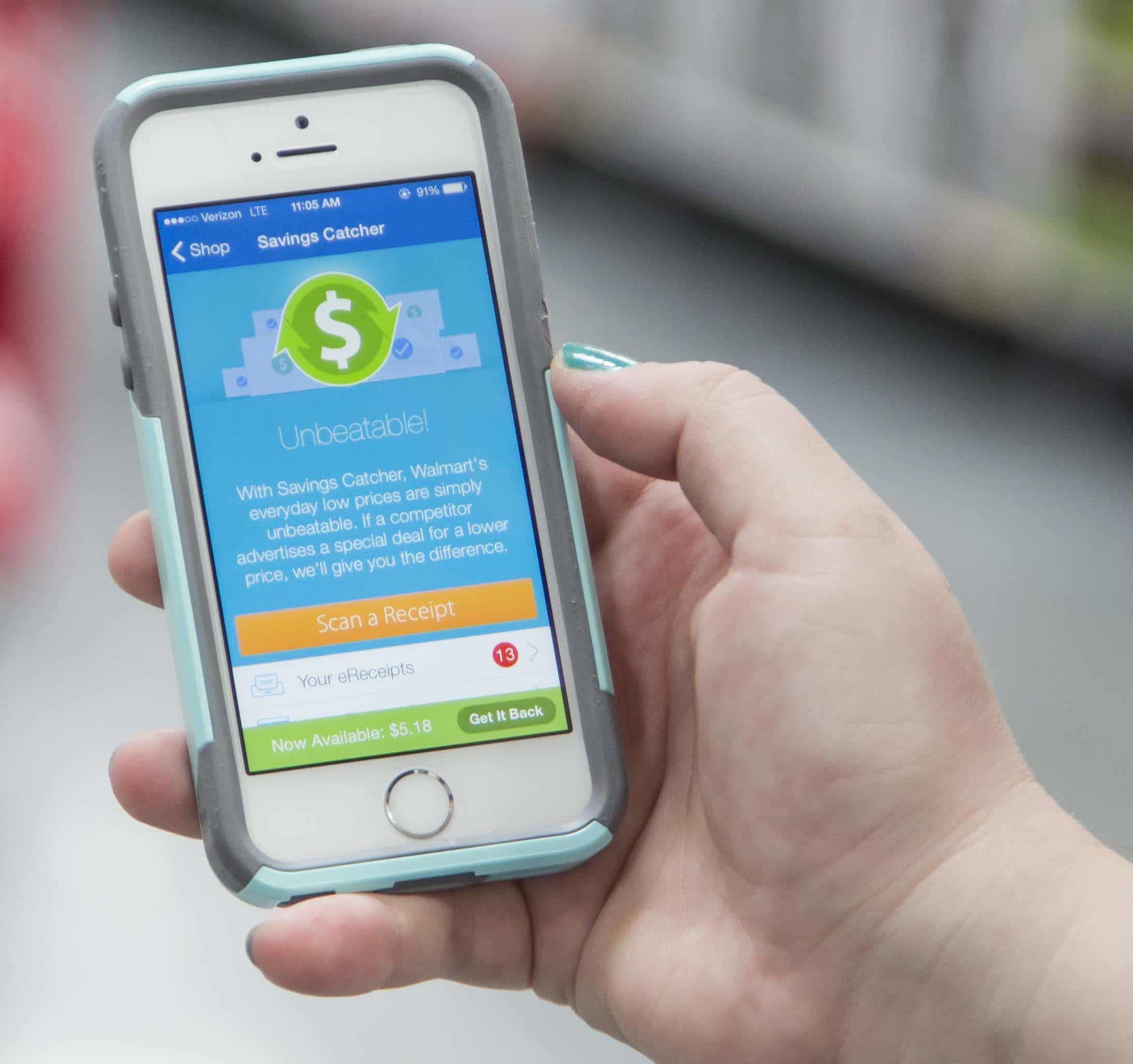
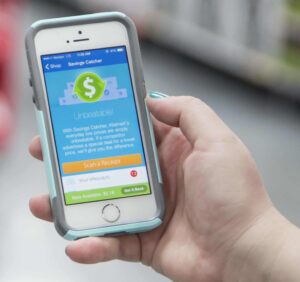 Shopping apps are basically everywhere nowadays and, if you’re anything like me, you probably have a hard time even remembering what it was like before we used them. If you’ve never heard of these apps, first of all, where have you been? Second, wow, are you in for a treat! Shopping apps are the best way today for shoppers to save money! The best way to explain them—and I’ve had practice doing that, believe me—is to compare them to those old
Shopping apps are basically everywhere nowadays and, if you’re anything like me, you probably have a hard time even remembering what it was like before we used them. If you’ve never heard of these apps, first of all, where have you been? Second, wow, are you in for a treat! Shopping apps are the best way today for shoppers to save money! The best way to explain them—and I’ve had practice doing that, believe me—is to compare them to those old 
 Choosing a slant, an audience, and a platform for video ads can be a challenge for brands, as the number of choices can almost overwhelm. There are thousands of platforms and audiences to approach and millions of ways to deliver messages. Brands need to be able to segment themselves and find the ideal place to share their category of goods. Gaining insight from three key video marketing statistics can help guide and improve your video marketing decisions.
Choosing a slant, an audience, and a platform for video ads can be a challenge for brands, as the number of choices can almost overwhelm. There are thousands of platforms and audiences to approach and millions of ways to deliver messages. Brands need to be able to segment themselves and find the ideal place to share their category of goods. Gaining insight from three key video marketing statistics can help guide and improve your video marketing decisions. 

 Luckily, those days are behind me now, and that’s in large part thanks to my handy dandy iPhone. My smartphone—which let’s face it, I carry with me
Luckily, those days are behind me now, and that’s in large part thanks to my handy dandy iPhone. My smartphone—which let’s face it, I carry with me 
 Whether customers purchase a product from an online market, buy it direct, or just learn about it online, most CPG brands are going to experience some level of online interaction with a product prior to a sale. Many CPG brands are struggling to get past the days when advertising was one-sided and did not require engagement with consumers. However, some of the most traditional CPG brands have found ways to stay relevant and develop rapport with consumers by advertising as much as major retailers. By taking a consumer-first approach to CPG advertising, brands will be better able to adjust to the market as consumer behaviors change.
Whether customers purchase a product from an online market, buy it direct, or just learn about it online, most CPG brands are going to experience some level of online interaction with a product prior to a sale. Many CPG brands are struggling to get past the days when advertising was one-sided and did not require engagement with consumers. However, some of the most traditional CPG brands have found ways to stay relevant and develop rapport with consumers by advertising as much as major retailers. By taking a consumer-first approach to CPG advertising, brands will be better able to adjust to the market as consumer behaviors change. 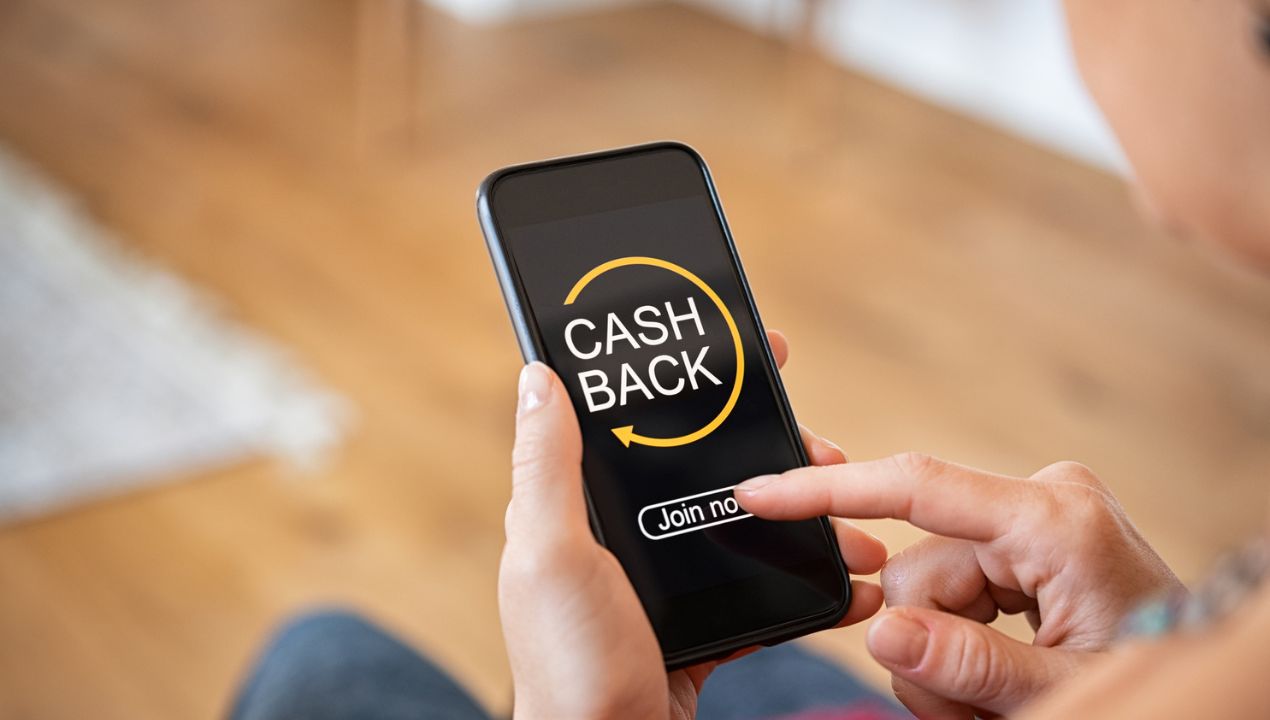
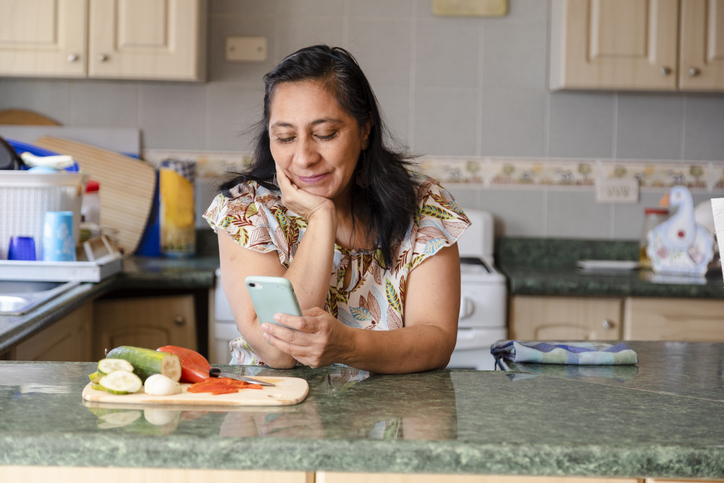

 Added value marketing—commonly referred to as value-added marketing—is a strategic method of advertising used for building brand affinity. It creates a connection with the customer that increases their receptiveness to a brand’s message. However, while many marketing materials might fit the mold of added value, not all will offer the same impact.
Added value marketing—commonly referred to as value-added marketing—is a strategic method of advertising used for building brand affinity. It creates a connection with the customer that increases their receptiveness to a brand’s message. However, while many marketing materials might fit the mold of added value, not all will offer the same impact.